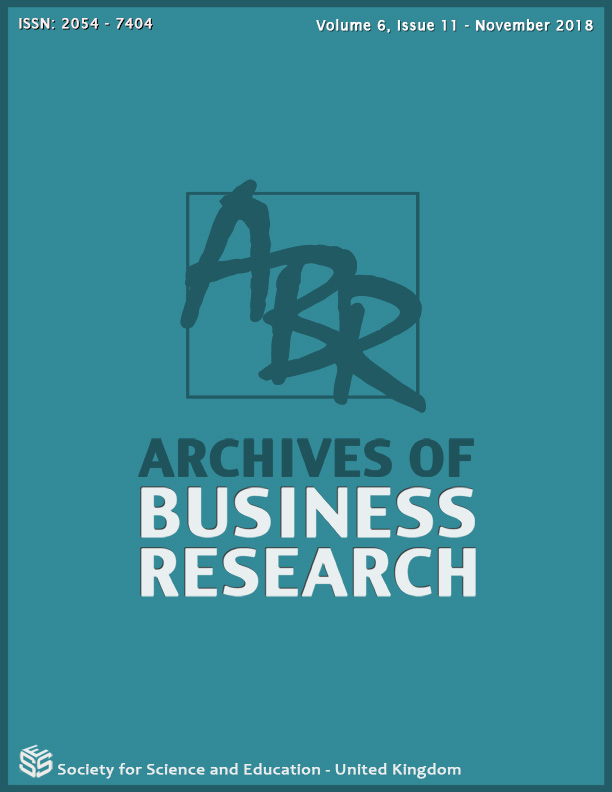Financial reporting: profitability ratios in the different stages of life cycle
DOI:
https://doi.org/10.14738/abr.611.5490Abstract
This study develops a mathematical framework to analyze the time-series of profitability ratios across different stages of life cycle. This study extends the analysis of ratios in the early stages of a startup outlined by Laitinen (2017) to contribute to the life cycle research. The growth of expenditure is assumed to consist of the difference of two steady growth processes: stand-alone growth and growth of competition impact. If the growth rate of competition impact exceeds the stand-alone growth rate, an S-shaped curve as a life cycle is resulted. Each periodic expenditure is assumed to generate a proportionally identical flow of revenue with a constant internal rate of return (IRR) and distributed geometric lag structure. The firm is expensing in each period a fixed part of periodic expenditure and beginning-of-the-period assets. It is shown that the time-series of profitability ratios are sensitive especially to the rate of expense emphasizing the role of expense method in financial reporting. If the rate of expense is not consistent with the revenue lag, profitability ratios show strong divergent variation (spread) across the early years (birth stage) and during the decline stage. Thus, in particular in these stages, profitability ratios are unable to reflect IRR properly.






